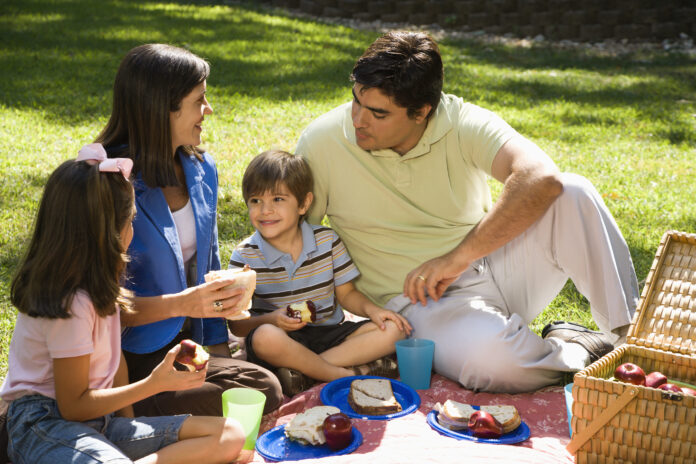As we head into what is shaping up to be an especially hot summer in Cayman, now is a good time to refresh our awareness of basic food safety principles — especially for those who have outdoor events or gatherings coming up. High temperatures and humidity create the perfect environment for bacteria to multiply, so perishable food must be handled with extra care to avoid foodborne illness.
Why Hot Weather Increases Food Safety Risks
Bacteria thrive in warm, moist conditions — which makes Cayman’s summer climate an ideal environment for rapid bacterial growth on food. The U.S. Department of Agriculture’s Food Safety and Inspection Service (USDA FSIS) states that bacteria multiply most quickly between 40°F and 140°F, a range known as the “Danger Zone.” Within this range, harmful bacteria like Salmonella, E. coli, and Listeria monocytogenes can multiply to dangerous levels in just a few hours.
The UK Food Standards Agency (FSA) also highlights the increased risks during a heatwave, reminding consumers to stay especially vigilant about refrigeration, cooking, and timing during extreme temperatures.
The Two-Hour Rule: A Practical Safety Guide
To reduce the risk of foodborne illness, follow the two-hour rule — unless food is stored in a proper cooling or heating unit. Perishable foods should not be left out of refrigeration for more than two hours.
When temperatures exceed 32°C (90°F) — common during a Cayman summer — this time shortens to just one hour.
After this period, food should be discarded rather than stored or consumed later. Bacteria in the “danger zone” (between 4°C and 60°C, or 40°F to 140°F) can multiply rapidly enough to cause illness — even if the food looks and smells fine.
Helpful Reminders for Safe Outdoor Entertaining
Even when we know the rules, it’s easy to overlook them in the moment. These practical tips from both the USDA and FSA can help keep your event both fun and food-safe:
- Keep cold food below 5°C (41°F) in insulated coolers with ice packs or blocks.
- Keep hot food above 63°C (145°F) using warming trays, chafing dishes, or insulated thermal containers.
- Serve food in small batches and replenish from safely stored quantities to reduce exposure.
- Use a timer or designate someone to monitor how long food has been left out.
- When in doubt, throw it out — bacteria can’t be seen, smelled, or tasted.
These steps are especially important for protecting vulnerable groups such as children, elderly individuals, pregnant people, and those with weakened immune systems.
Be Cautious with Leftovers
Leftovers are only safe if they’ve been properly stored throughout the event. Here’s what to remember:
- Refrigerate perishable food within two hours (or one hour in high heat).
- Eat refrigerated leftovers within 2–3 days.
- If you’re unsure, freeze leftovers promptly or discard them.
Final Thought: Stay Safe and Enjoy the Season
As temperatures continue to rise, taking a few simple food safety precautions can help you prevent illness and protect your guests. Whether you’re hosting a casual beach picnic, a backyard barbecue, or a large community event, being mindful of how long food is left out — and how it’s stored — can make all the difference and temperature ensures that the only thing heating up your event is the weather — not the risk of foodborne illness.




